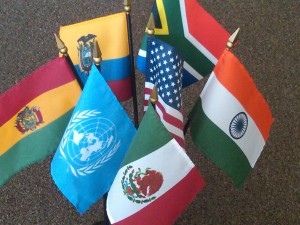Alliances for Global Health Education: Learning from South-South Collaboration, has been announced as the theme for an upcoming conference to be held April 9-11, 2010, in Cuernavaca, Mexico. The joint collaboration represents the 19th annual conference on Global Health Issues for the Global Health Education Consortium (GHEC), based in the United States and the 1st Latin American and Caribbean Conference on Global Health hosted by the Instituto Nacional de Salud Publica (INSP), based in Mexico.
A White Paper and call for abstracts can be found on the GHEC website here.
This promises to be an exciting conference addressing current issues and even leading edge ideas, research, and practice. The Call for Abstracts is through November 1, 2009. The website reports that all aspects of Global Health and Global Health Education are welcome for submission and there is a special request for “progressively-minded projects that take into consideration the ideals of global health that embrace: Social Justice, Ethical Practices, Community Ownership, Equity and Fairness, True Partnership, and Bilateral Exchange.”

